Home>Furniture>Living Room Furniture>How To Make Couch Cushions Firmer
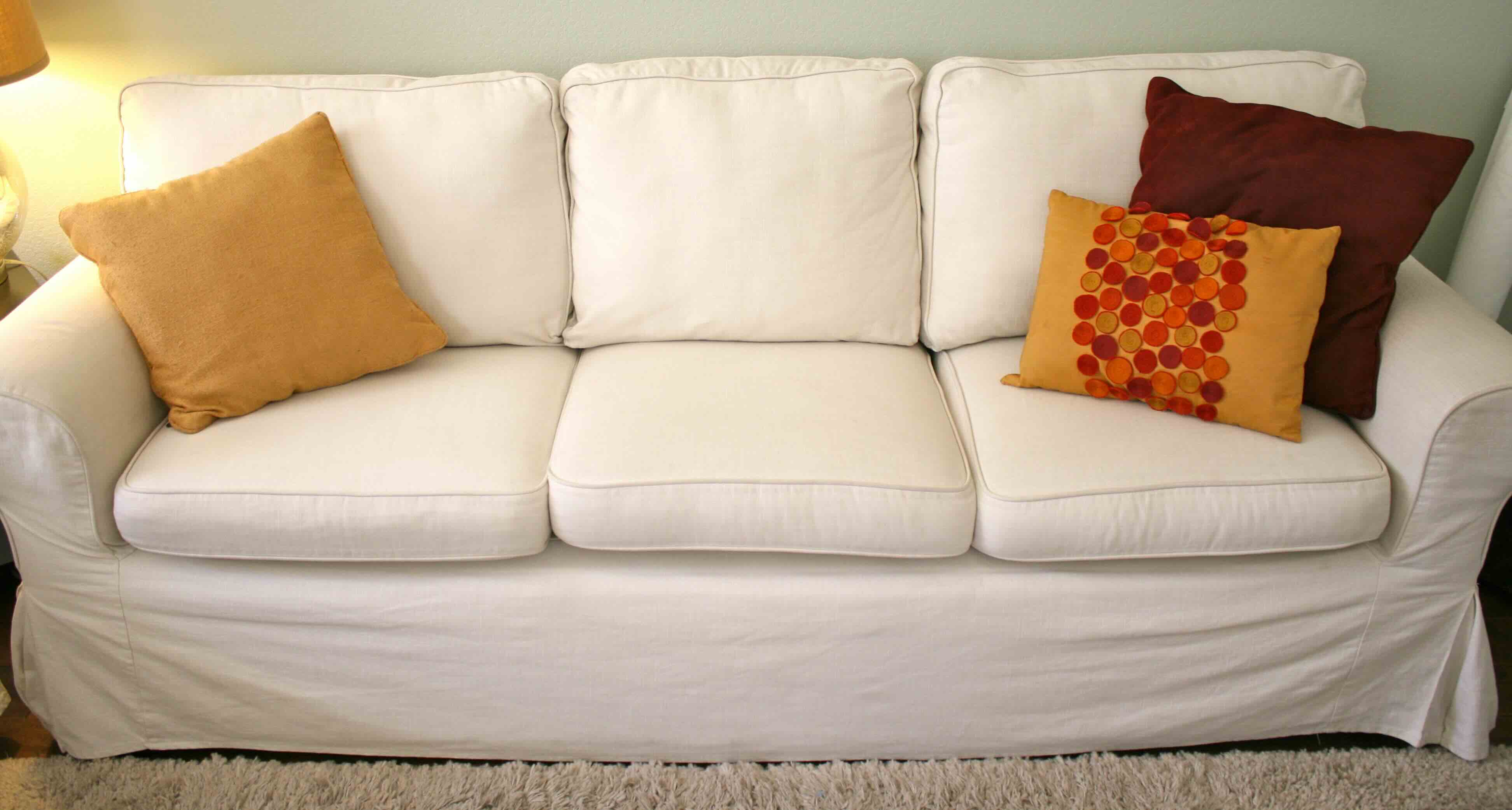

Living Room Furniture
How To Make Couch Cushions Firmer
Modified: March 24, 2024
Discover how to make your couch cushions firmer with our helpful tips and techniques. Transform your living room furniture for a more comfortable and supportive seating experience.
(Many of the links in this article redirect to a specific reviewed product. Your purchase of these products through affiliate links helps to generate commission for Storables.com, at no extra cost. Learn more)
Introduction
When it comes to living room furniture, the comfort and durability of your couch are of utmost importance. Over time, some couch cushions may start to lose their firmness, causing discomfort and sagging. If you find yourself sinking too much into your couch, don’t worry! There are several effective methods to make your couch cushions firmer and restore the cozy feel of your favorite spot in the house.
Understanding the factors that contribute to softness is key to addressing the problem effectively. Couch cushions usually consist of a combination of foam, padding, and filling materials that provide the desired level of comfort. However, factors like prolonged use, weight, and the quality of materials can lead to the cushions losing their firmness over time.
In this article, we will explore different techniques to make your couch cushions firmer. We’ll discuss evaluating the condition of your cushions, reinforcing the cushion support, adding firmness with foam inserts, exploring alternative solutions, and even replacing the cushions if necessary. By following these steps, you can breathe new life into your couch and enjoy the comfort of a firm seating area once again.
So, if you’re ready to say goodbye to sagging cushions and hello to a revitalized seating experience, let’s dive into the different strategies for making your couch cushions firmer!
Key Takeaways:
- Revive your sagging couch cushions by adding foam inserts or reinforcing the support with extra padding. Enjoy a cozy and firm seating experience once again!
- If your cushions are beyond repair, consider replacing them with high-quality, custom-made options for long-lasting comfort and support. Don’t let sagging cushions ruin your couch experience!
Read more: How To Make Couch Cushions
Understanding the Factors that Contribute to Softness
Before we proceed with making your couch cushions firmer, it’s essential to understand the factors that contribute to their softness. By identifying these factors, you can better assess the condition of your cushions and determine the best course of action to achieve the desired level of firmness.
One of the primary factors that affect the softness of couch cushions is the quality and type of filling material. Common filling materials include foam, polyester fiber, feathers, and down. Over time, these materials can compress or break down, resulting in a loss of firmness and support. The density and thickness of the filling material also play a significant role in determining the cushion’s softness.
In addition to filling materials, the age and usage of the couch also impact cushion softness. Couch cushions that have been used extensively may experience more wear and tear, causing them to lose their firmness faster. Likewise, the weight and pressure exerted on the cushions can contribute to their softness over time.
Lastly, the design and construction of the couch cushions themselves can influence their softness. Some cushions may have a softer feel due to their plush design or low-density foam. Understanding the specific design features of your cushions can help you identify the best approach to make them firmer.
By considering these factors, you can evaluate the current softness of your couch cushions and determine the most effective method to achieve the desired level of firmness. Whether it’s adding support, inserting foam inserts, or considering a cushion replacement, addressing these underlying factors will help you make your couch cushions firmer and restore the comfort of your seating area.
With a solid understanding of what causes softness, let’s move on to evaluating the condition of your couch cushions to determine the appropriate approach for making them firmer.
Evaluating the Condition of Your Couch Cushions
Before you begin making your couch cushions firmer, it’s crucial to evaluate their current condition. This assessment will help you determine the extent of the softness and identify any other issues that may be contributing to the problem.
Start by visually inspecting the cushions for any signs of wear and tear, such as visible sagging, lumps, or flattened areas. Run your hands over the surface to feel for unevenness or areas that lack support. Pay attention to any strange odors, as this could indicate the presence of mold or mildew.
Next, sit on the couch and assess your comfort level. Do you sink too deep into the cushions? Do you experience discomfort or back pain while sitting? These observations will give you a better understanding of the firmness and support your cushions currently provide.
If you determine that your couch cushions are indeed too soft, consider the age of the cushions and their original firmness. If your cushions are relatively new and have always been soft, it may be a matter of personal preference rather than an issue of wear and tear.
However, if your cushions were previously firmer and have become softer over time, it may be necessary to take action to restore their firmness. The following sections will guide you through various techniques to make your couch cushions firmer, depending on the evaluation of your cushions’ condition.
Remember, it’s essential to consider the overall condition of your couch as well. If the frame, springs, or other structural components are damaged, addressing the cushion softness may not provide a long-term solution. In such cases, it may be more practical to consider replacing the entire couch or seeking professional assistance for repairs.
Now that you have assessed the condition of your couch cushions, it’s time to explore methods to reinforce their support and restore their firmness.
Reinforcing the Cushion Support
If your couch cushions are showing signs of sagging or lack of support, reinforcing the cushion support can help make them firmer. By addressing the underlying support structure, you can improve the overall firmness and prevent further deterioration of the cushions.
The first step is to check the condition of the springs or webbing underneath the cushions. Over time, these components can become worn or stretched, leading to decreased support. If you find any damaged or weakened springs or webbing, consider replacing or repairing them to restore the cushion’s firmness.
Another effective method for reinforcing cushion support is to add additional padding or stuffing. This can be done by unzipping the cushion cover and inserting extra foam or batting in areas that need extra support. Make sure to distribute the padding evenly to prevent lumps or uneven firmness. Additionally, you can consider adding a layer of plywood or MDF board beneath the cushions to provide a sturdy base and increase support.
For smaller cushions or areas where you can’t access the cushion internals easily, you can use upholstery foam strips or stiffening agents. These can be inserted between the cushion cover and the filling to provide additional support and prevent sagging.
When reinforcing cushion support, it’s important not to overstuff or add excess padding, as this can make the cushions feel too firm and uncomfortable. The goal is to restore the original level of support and firmness rather than creating an entirely new feel.
After reinforcing the cushion support, test the couch cushions by sitting on them to gauge the level of firmness. If the cushions still lack the desired firmness, you may need to explore alternative methods, such as adding foam inserts, to achieve the desired level of comfort.
By reinforcing the cushion support, you can effectively restore the firmness of your couch cushions and enhance your seating experience. The next section will cover the use of foam inserts to add firmness to your couch cushions.
To make couch cushions firmer, try adding a layer of high-density foam or a piece of plywood underneath the cushions. This will provide extra support and help prevent sagging.
Adding Firmness with Foam Inserts
If reinforcing the cushion support doesn’t provide enough firmness, adding foam inserts can be an excellent solution. Foam inserts are an easy and effective way to enhance the firmness of your couch cushions and improve your overall seating experience.
To add foam inserts, start by measuring the dimensions of your cushion covers. This will help you determine the appropriate size and thickness of the foam inserts you’ll need. You can easily find foam inserts in various sizes and densities at your local craft or home improvement store.
Once you have the foam inserts, carefully unzip the cushion covers and place the inserts inside. Ensure that the foam inserts fit snugly, fully filling the cushion covers without any gaps or bulges. If the inserts are slightly larger than the covers, you may need to trim them to achieve the perfect fit.
When choosing foam inserts, opt for a higher density foam to provide optimal support and longevity. However, keep in mind that adding too firm of a foam insert can make the cushions feel uncomfortable, so consider finding a balance between support and comfort.
It’s also worth noting that foam inserts may compress over time, especially with regular use. While they can significantly enhance the firmness of your cushions initially, you may need to replace the foam inserts periodically to maintain the desired level of support.
After inserting the foam, carefully zip up the cushion covers. Give the cushions a few gentle punches or knead them to evenly distribute the foam within the covers. Then, test the couch cushions by sitting on them to assess the level of firmness. If necessary, you can adjust the positioning of the foam inserts or add additional inserts to achieve the desired level of firmness.
Adding foam inserts is a versatile and cost-effective way to make your couch cushions firmer. It allows you to customize the level of firmness by choosing the appropriate density and thickness of the inserts. However, if foam inserts don’t provide the desired results or are not compatible with your couch, you can explore alternative solutions to achieve a firmer seating surface.
The following section will discuss some alternatives to foam inserts that you can consider to make your couch cushions firmer.
Read more: How To Make A Bed Firmer
Alternatives to Foam Inserts
If foam inserts are not suitable for your couch cushions or if you’re looking for alternative methods to make them firmer, there are several options you can explore. These alternatives can be equally effective in enhancing the firmness of your cushions and providing a more comfortable seating experience.
One alternative is using polyester fiberfill or batting. These materials are often used in quilting and upholstery and can be easily layered or stuffed into the cushion covers. Polyester fiberfill is lightweight, affordable, and provides good support, making it an excellent choice for adding firmness to your couch cushions.
Another option is using feather or down inserts. While these materials are known for their plush and soft feel, using them in smaller quantities can still provide support and enhance the firmness of your cushions. Keep in mind that feathers and down inserts may require fluffing or shaking periodically to maintain their loft and prevent them from flattening over time.
If you prefer a more natural approach, you can consider using wool batting or organic cotton filling. These natural materials are breathable, hypoallergenic, and provide good support, making them ideal for making your couch cushions firmer. Additionally, they have the added benefit of being eco-friendly and sustainable choices.
Another alternative is using a combination of materials. For example, you can place a layer of foam or batting at the bottom of the cushion and top it with a layer of polyester fiberfill or down. This combination of materials can provide optimal support and comfort while maintaining the desired level of firmness.
If the cushion covers are removable, you can also try adjusting the current filling. For instance, if the cushions are filled with loose fiber, you can redistribute the fill evenly to provide better support and firmness. Or, if the cushions have zippers, you can add or remove filling material to achieve the desired level of firmness.
When exploring alternatives to foam inserts, it’s important to consider the specific needs and preferences of your couch cushions. Experiment with different materials and combinations to find the one that offers the perfect balance of firmness and comfort.
If none of these alternatives provide satisfactory results or if the cushions are beyond repair, it may be necessary to consider replacing them entirely. The next section will discuss when it is appropriate to replace your couch cushions.
Replacing the Couch Cushion
If your couch cushions are severely worn, damaged, or none of the previously mentioned methods have provided the desired level of firmness, it may be time to consider replacing them. Replacing the cushions can be a more costly option, but it ensures that you get a fresh start with firm and supportive seating.
Before purchasing new cushions, take accurate measurements of your couch to ensure a proper fit. Consider the shape and style of your current cushions and choose replacements that match the aesthetics of your couch. It’s also important to select high-quality cushions made from durable materials to ensure long-lasting comfort and support.
You have several options when it comes to replacing the couch cushions:
- Order custom-made cushions: If you want cushions specifically tailored to your couch, you can have them custom-made. This allows you to choose the exact dimensions, firmness, and materials to create the perfect seating experience.
- Purchase pre-made cushions: Many furniture stores and online retailers offer pre-made cushions in different sizes and firmness levels. These ready-made options provide convenience and may be a more budget-friendly solution.
- Consider upholstery services: If you love your couch and want to preserve its unique style, you can consider upholstery services. Professional upholsterers can replace the cushion cores while retaining the original fabric, giving you a fresh and firm seating surface without having to buy an entirely new set of cushions.
When replacing the couch cushions, it’s important to pay attention to the quality of the materials used. Look for cushions with high-density foam or supportive filling materials that offer long-lasting comfort and resilience. Taking the time to research and invest in quality replacements will ensure that you enjoy firm and comfortable seating for years to come.
However, if your entire couch is showing signs of wear and tear, replacing the cushions alone may not provide a lasting solution. In such cases, it might be worth considering replacing the entire couch or seeking professional assistance for repairs.
By replacing the couch cushions, you can ensure a fresh start with firm, supportive seating that enhances your overall comfort. Before we conclude, let’s summarize the key points we’ve covered throughout this article.
Conclusion
Having firm and supportive couch cushions is essential for a comfortable seating experience in your living room. If you find that your cushions have become too soft over time, there are several effective methods to restore their firmness and bring new life to your couch.
Understanding the factors that contribute to softness, such as the filling materials, age, and usage of the cushions, is crucial in addressing the problem effectively. By evaluating the condition of your couch cushions, you can determine the appropriate approach to make them firmer.
Reinforcing the cushion support by checking and repairing the springs or webbing, adding extra padding or stuffing, or using upholstery foam strips can significantly enhance the overall firmness of your cushions.
If reinforcing the support alone doesn’t provide the desired level of firmness, adding foam inserts is a popular and effective solution. Carefully measure the cushions and choose high-density foam inserts to achieve the perfect balance of support and comfort.
If foam inserts are not suitable for your couch cushions or if you prefer alternative methods, consider using materials such as polyester fiberfill, feather or down inserts, wool batting, or organic cotton filling. Experiment with combinations to find the one that suits your preferences in terms of firmness and support.
If your cushions are beyond repair or none of the methods above have provided satisfactory results, it may be time to replace them. Choose quality replacements that match the dimensions and style of your current cushions, or consider upholstery services to retain the original fabric.
Remember, maintaining the firmness of your couch cushions is an ongoing process. Regularly inspect and clean them, periodically adjust the filling, and replace worn-out inserts to ensure optimal comfort and support.
In conclusion, by understanding the factors contributing to softness and applying suitable techniques, you can make your couch cushions firm again and enjoy a comfortable and supportive seating area. Whether it’s reinforcing the support, adding foam inserts, exploring alternative materials, or replacing the cushions, these methods will help you revive your couch and create a cozy and inviting living room space.
So, don’t let sagging cushions keep you from enjoying quality time on your couch. Take action today, and reclaim the firmness and comfort that you deserve!
Frequently Asked Questions about How To Make Couch Cushions Firmer
Was this page helpful?
At Storables.com, we guarantee accurate and reliable information. Our content, validated by Expert Board Contributors, is crafted following stringent Editorial Policies. We're committed to providing you with well-researched, expert-backed insights for all your informational needs.


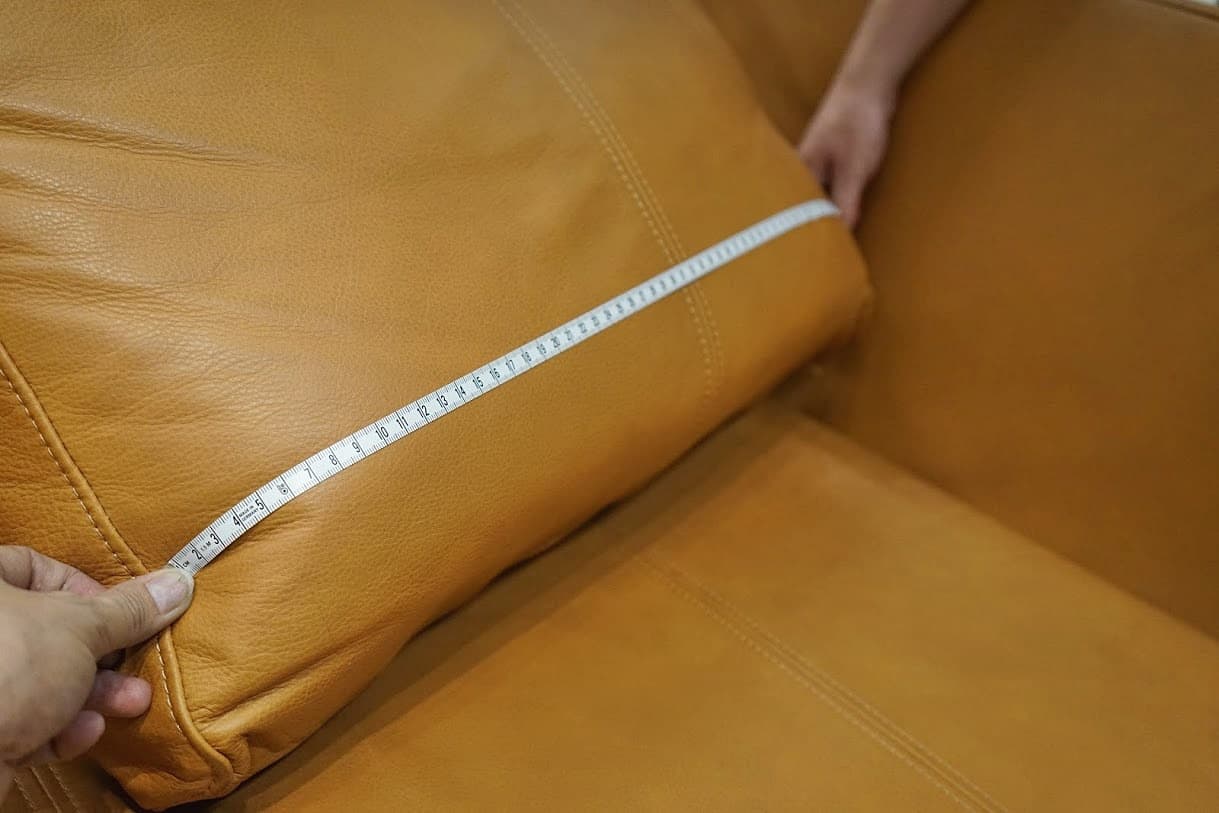


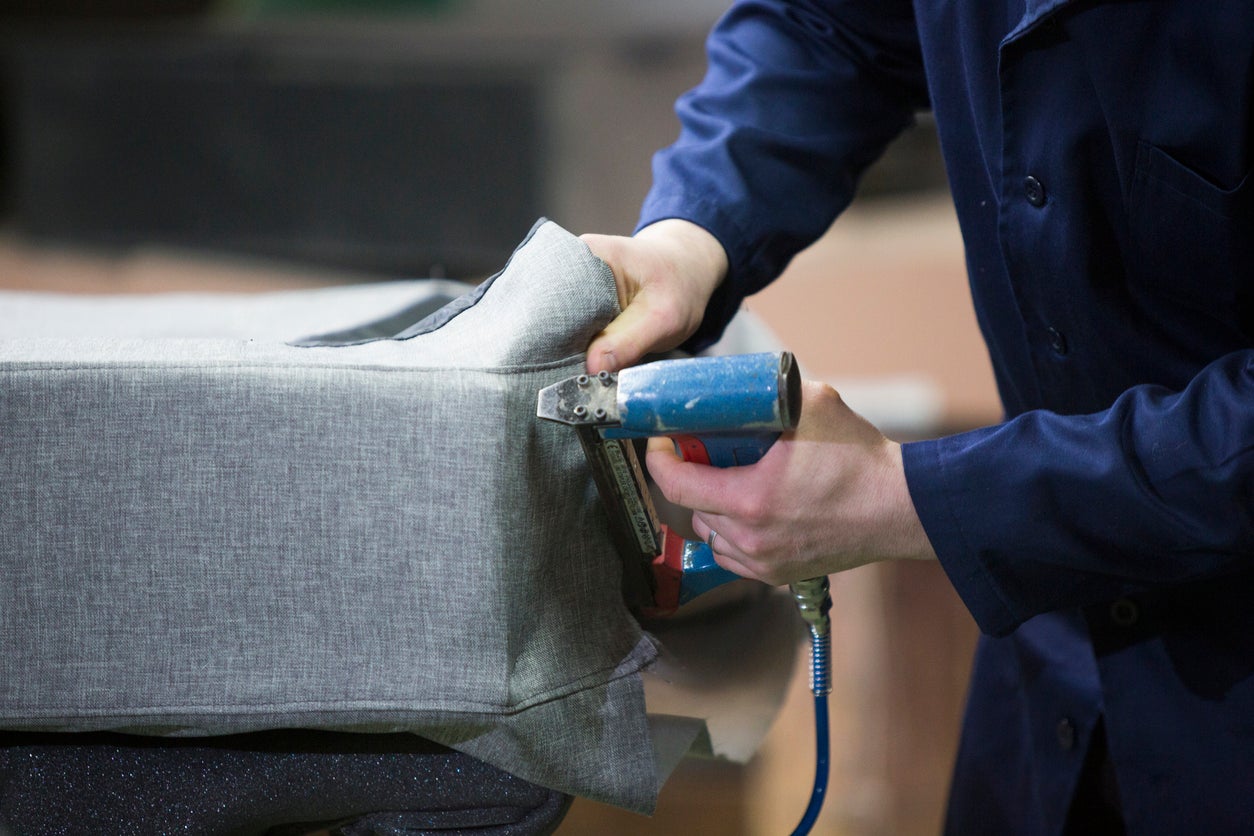
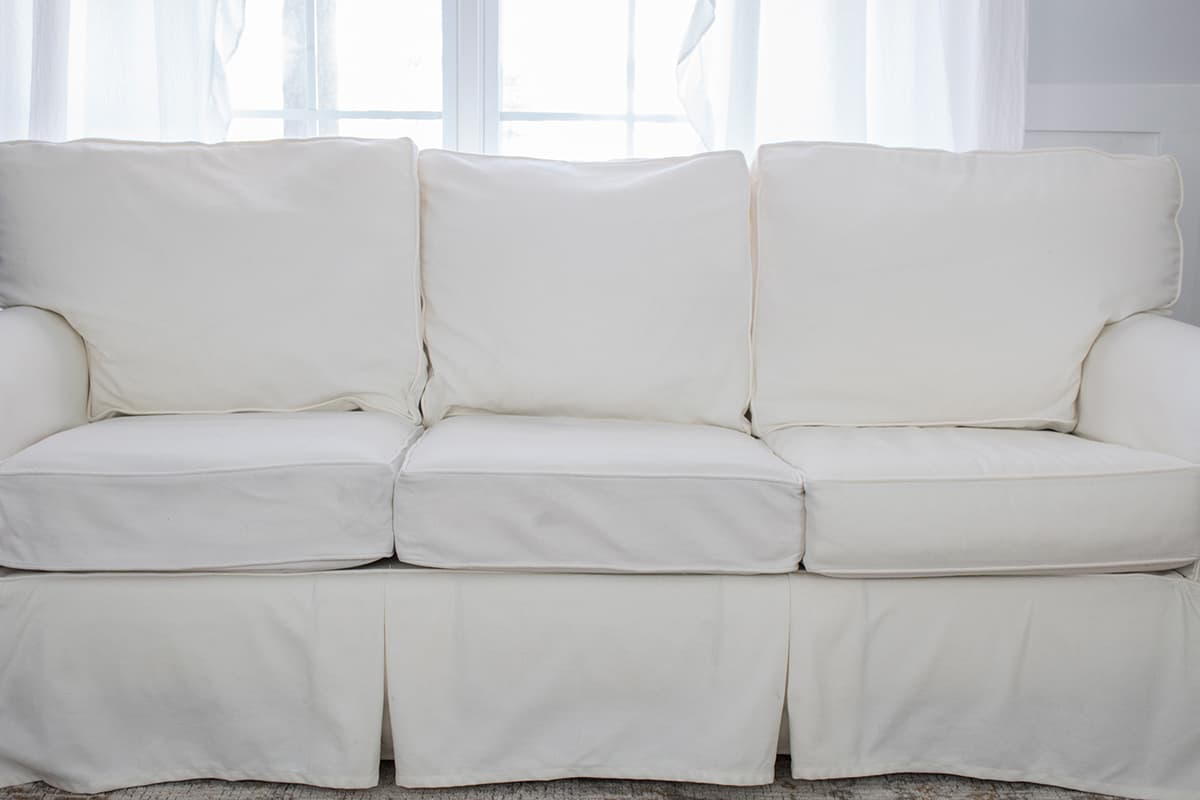

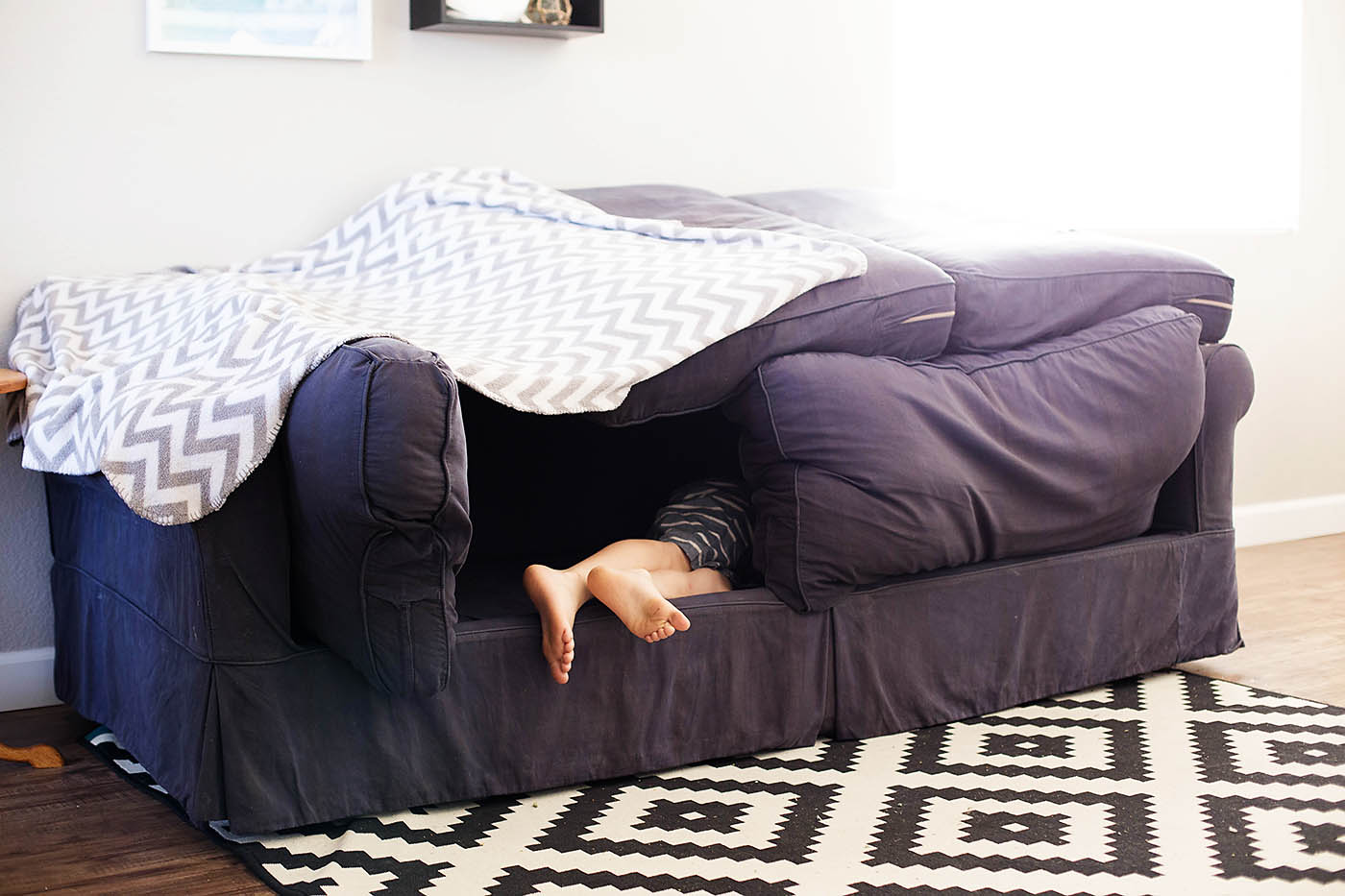
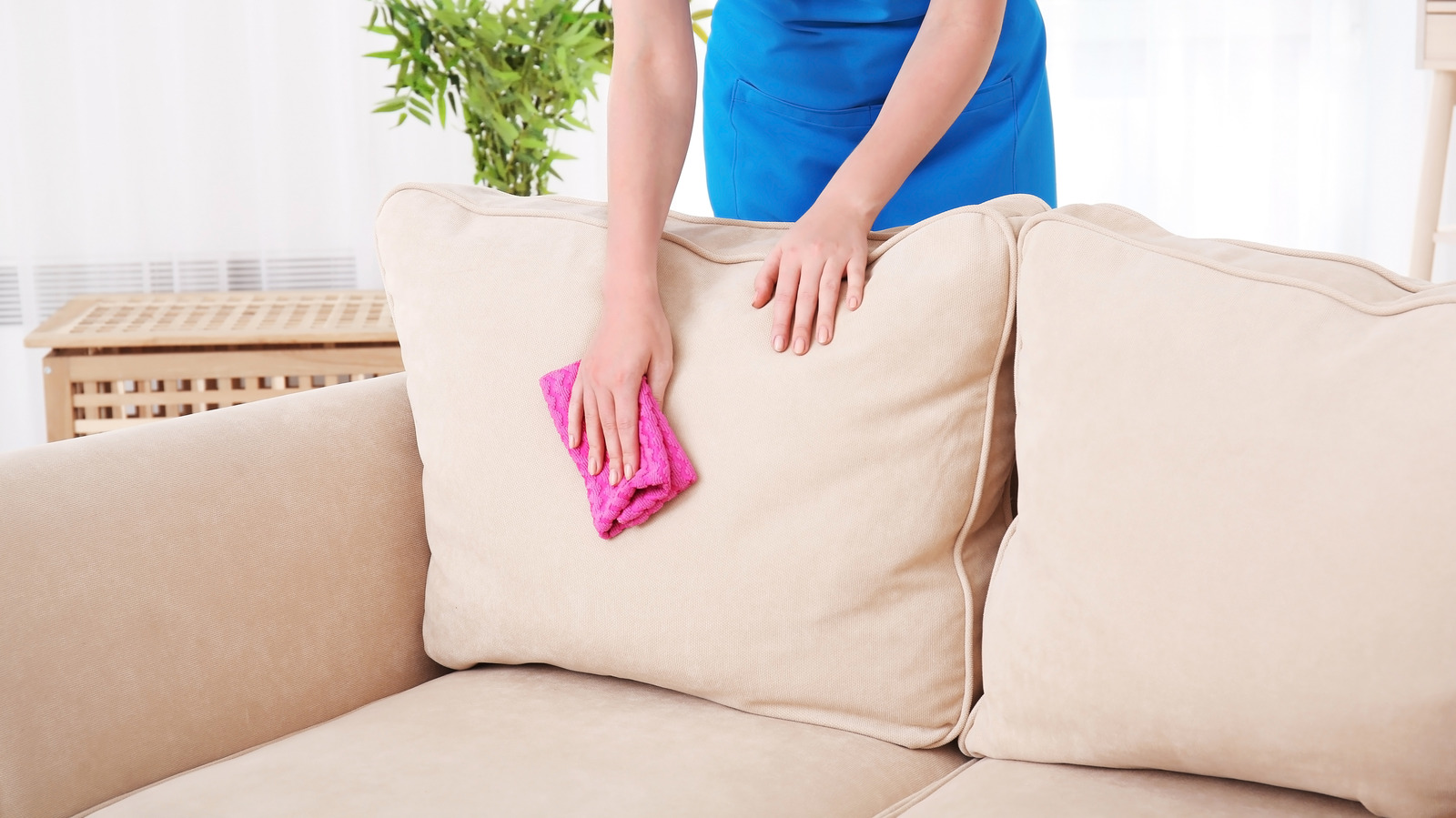
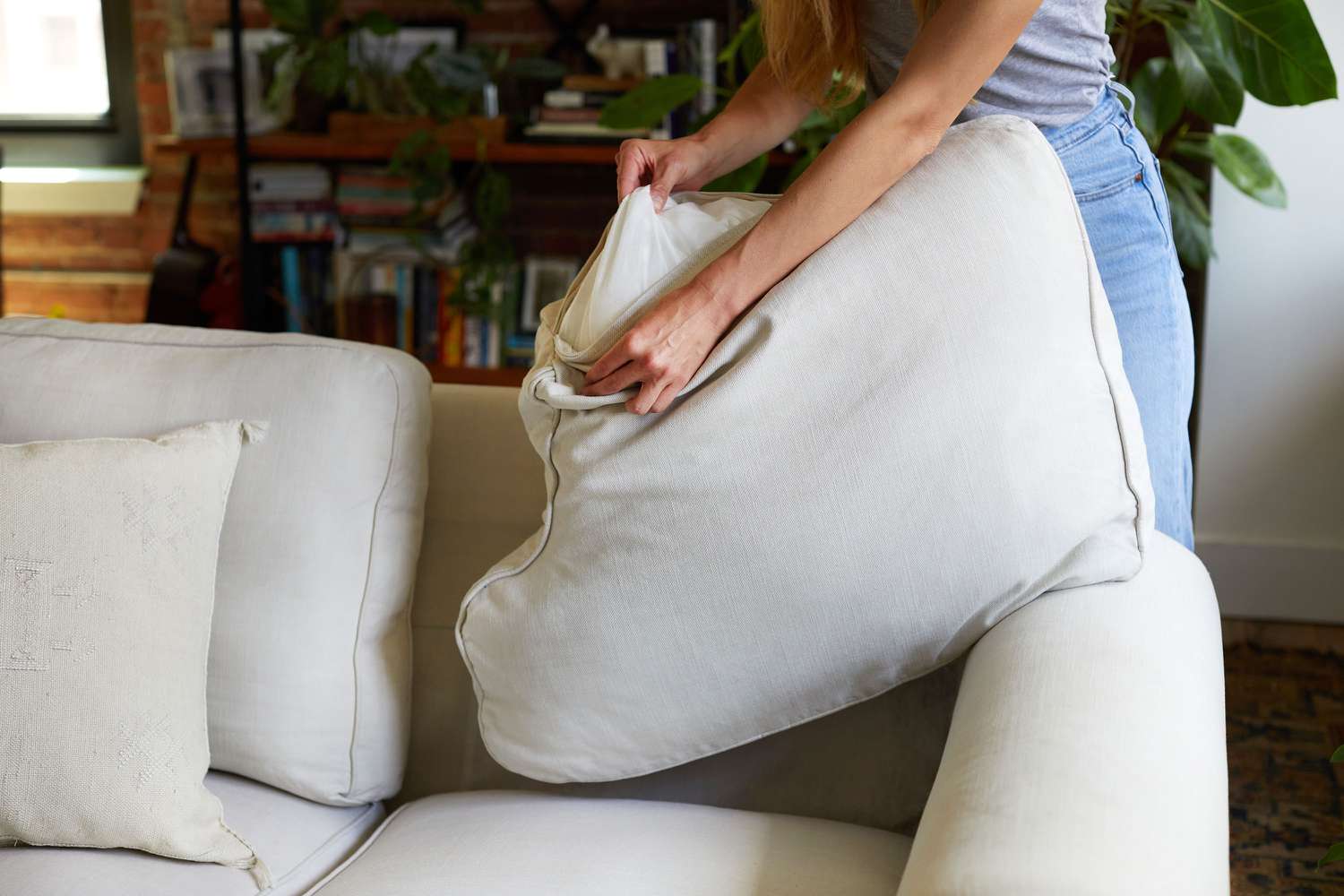
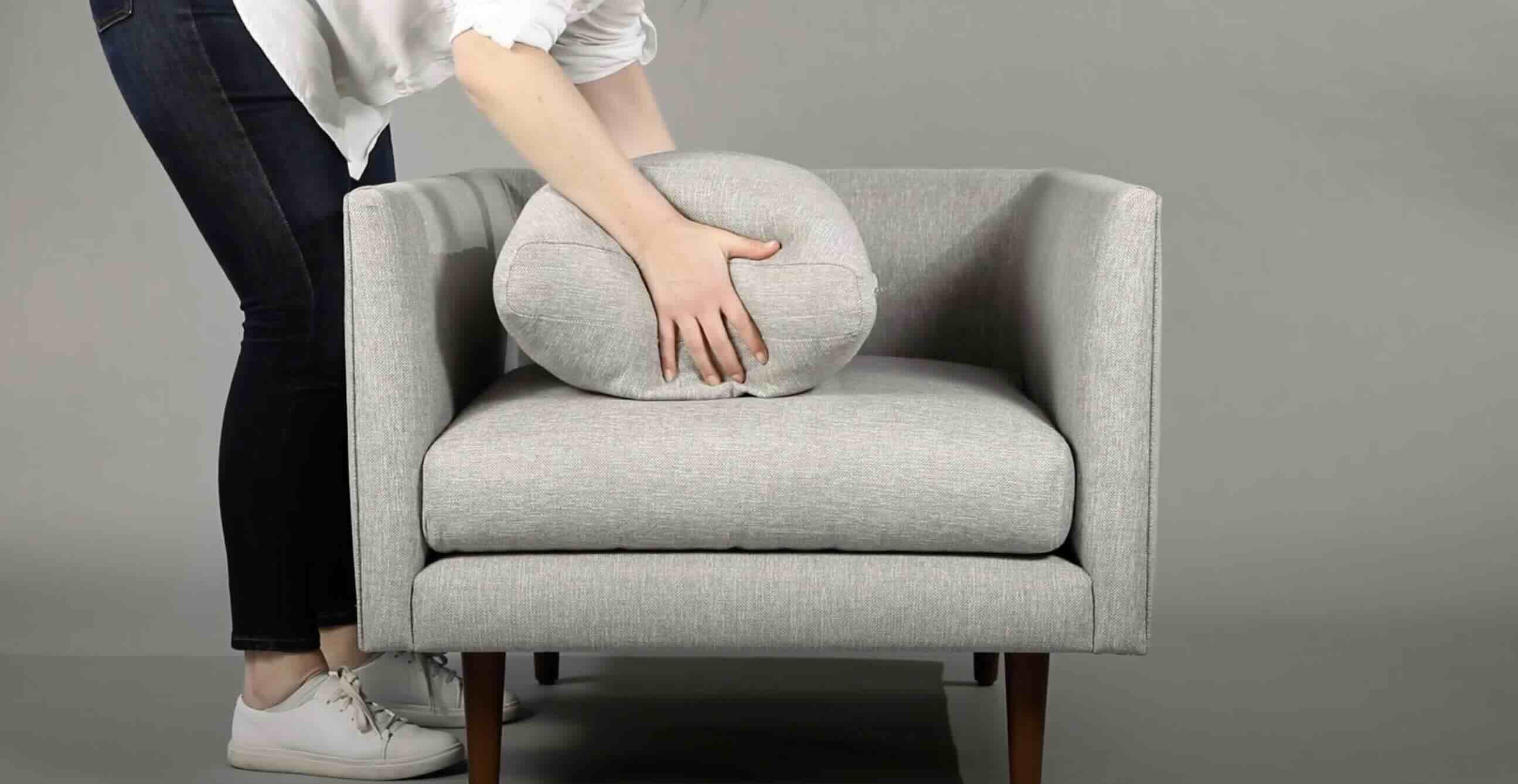

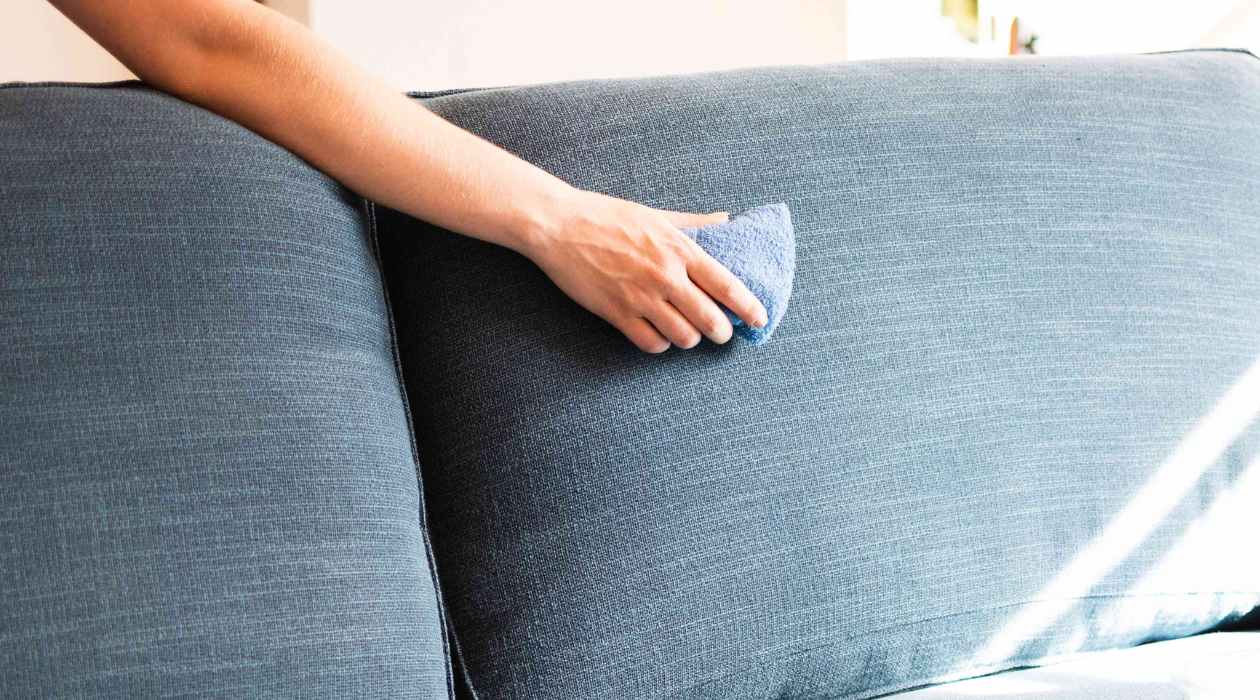

0 thoughts on “How To Make Couch Cushions Firmer”